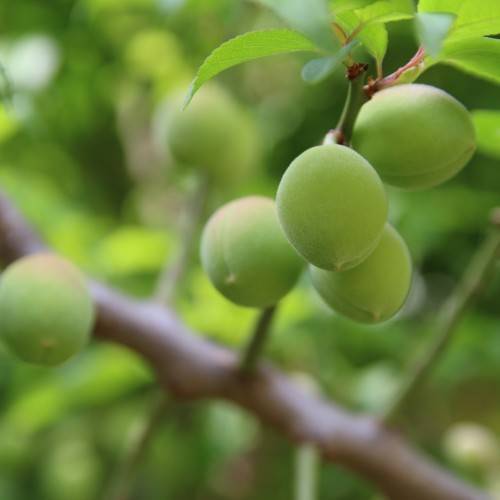
Japanese apricot
Prunus mume
Cycle:
Perennial
Watering:
Average
Hardiness Zone:
6 - 9
Flowers:
Flowers
Sun:
Full sun,part shade
Fruits:
Fruits Ready In Winter
Edible:
Yes
Leaf:
Yes
Growth Rate:
Low
Maintenance:
Low
Drought Tolerant:
Yes
Care Level:
Medium
watering
Japanese apricot should be watered once a week, using about 2-3 inches of water in order to keep the soil moist. During the summer months, it may need be watered more frequently to ensure that the soil remains moist. However, Japanese apricot is resistant to drought and should not be overwatered. When watering, it is best to water the soil around the base of the tree rather than directly on the foliage in order to reduce the risk of disease and mold growth.
sunlight
Japanese apricot (Prunus mume) should receive direct sunlight for at least 6 to 8 hours per day in order to thrive. When the sun is strongest in the afternoon (around midday) this species should receive full sun, but during the hottest parts of the summer, it is best to provide some kind of shade for a few hours in the afternoon. Japanese apricot can tolerate light shade, but blooms may not be as abundant.
pruning
Japanese apricot (Prunus mume) should be pruned in late winter or early spring, when the tree is dormant. For pruning, only thin out overcrowded branches or any dead or diseased wood. Removing dead branches keeps the overall structure strong, and promotes vigorous growth. Also, pruning back overly-long or weak branches helps promote flowering and fruiting. It is best to prune away no more than 1-third of the tree’s canopy.
